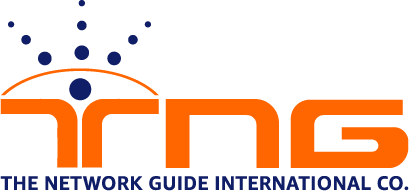
NOMADIX CONNECTS MULTIFAMILY COMMUNITIES
According to the Renter Preferences Survey from the National Multifamily Housing Council (NMHC) and Grace Hill, 70% of 221,000 renters from 4,564 communities nationwide anticipate teleworking the same amount or more this year. The report also uncovered daily usage stats, including 82% of respondents stream video daily, 73% stream music, 39% video conference for work and 31% do gaming. All of this is to say: connectivity is key at home.
Compounding the work-from-home (WFH) connectivity requirement is the trend that shows more and more connected devices are being brought into multifamily communities – smart speakers, computers, TVs, watches and phones – or they’re being installed – smart appliances, thermostats and security systems. The number of devices per unit will exponentially continue to climb. This increases the burden for support due to the sheer number of devices, as well as the total bandwidth it takes to run a building. These recent reports on activity and trends of both residents and building amenities clearly demonstrate that it’s time to address this major pain point.
When planning for new builds or upgrades that will attract and retain residents, what should multifamily owners and operators consider this year? Let’s take a look at some key focus areas when creating smarter, more connected experiences.
The future of Wi-Fi: Aligning to the trend of strong Wi-Fi and connectivity being the #1 amenity, how can you plan your infrastructure investments? We’re seeing a shift to Wi-Fi 6-enabled infrastructures, which support more users at faster speeds. On top of this, more building owners see the need for a managed Wi-Fi network as opposed to “bring your own” internet from the residents.
Every new building is planning for or installing managed Wi-Fi and building owners are negotiating their way out of their traditional service contracts so they can do the same. This topic was also heavily discussed at NMHC’s OPTECH back in November, where I met with our industry friends and partners to discuss these trends.
Think about the data: In a managed Wi-Fi environment, there are valuable data and usage stats that property owners can use to create a better experience for residents and building efficiencies. “Smart” living offers residents perks like seamless connectivity, sufficient bandwidth – even during peak hours – and the latest IoT devices that can improve safety and help save on energy bills. Meanwhile, owners can use data to offer targeted promotions and increase retention, avoiding additional costs to attract new residents.
Building-related data also helps developers, architects and GCs plan for more efficient build-outs. For example, if you have connected electrical outlets, and your data shows that no one ever plugs anything into the AC outlet to the left of the stove, then you can make a business decision to eliminate that outlet, saving on future construction costs.
Don’t forget about security: Cyber threats and related privacy issues are getting harder to control. The problem is simple: when you add more devices to a network, it inherently becomes more vulnerable. Often the weakest entry point into an MDU network is an IoT device, such as a connected thermostat or door lock. Anything on the network has to be made secure, so keep this in mind when choosing technologies and partners for installation.
What’s next? When making decisions, there are three categories to keep in mind: first, choose tech with an intent to create a community, experience and lifestyle. Second, invest in a scalable foundational architecture that will grow with your needs. And third, align with knowledgeable, trustworthy expert advice and guidance.
Multifamily owners and operators have a large opportunity now to create smarter, more connected experiences for residents that can also drive asset values. While the last few years have been a bumpy ride for the industry, connectivity gained momentum and has created lasting preferences as people head back into normalcy. Now is the time to make long-term investments that will have the biggest impacts.
Credit – This article was taken from Nomadix Website

